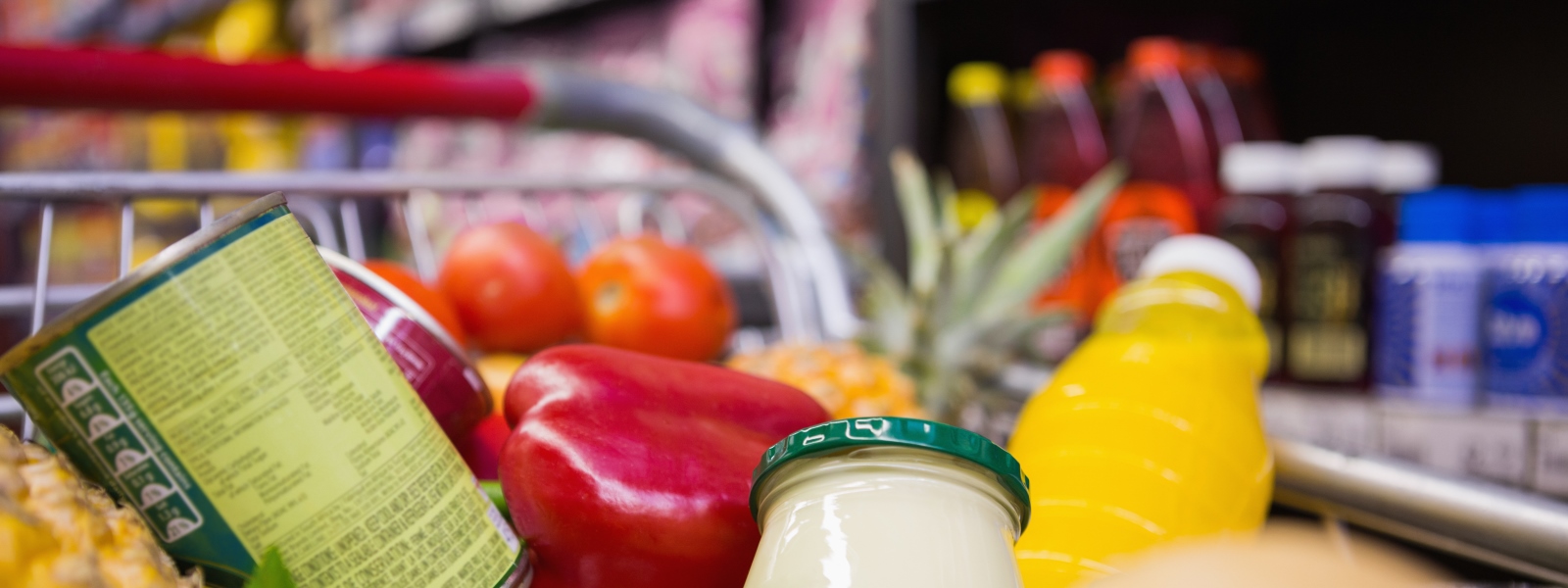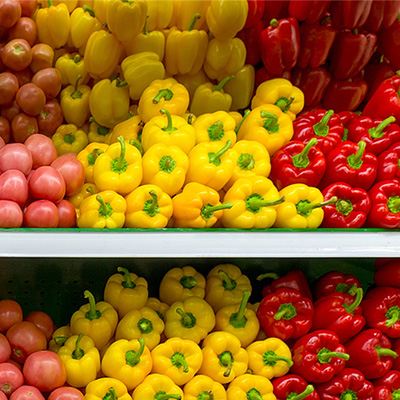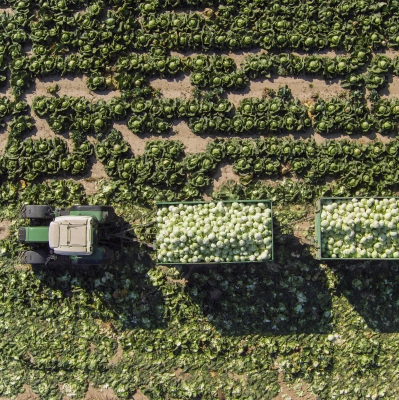Imagining the future of grocery retail is the easy part: all the products you need available on your smartphone; a wide variety of convenient home delivery or pickup options, including ‘on-demand’ one-hour delivery; and, if you feel overwhelmed by the choices and possibilities, a virtual butler to make suggestions and help you manage your needs.
“Jeeves, we have friends coming round for dinner on Thursday”.
“Would you like to cook Portuguese Cod again? Yes, OK great. The order will arrive Wednesday evening at 9 p.m., you’re usually in at this time. Would you like me to add three healthy meals for the kids to the order? OK, done. I’ve added their favorites”.
Amazon is already the acknowledged leader in digital retail, and it is preparing its assault on food by establishing each of the elements needed to realize a vision of the future of grocery
Implementing all this is much more challenging. It requires access to a wide range of food products; delivery is costly unless drop densities are high and orders carefully organized; and the analytics and intelligence required to develop a genuinely useful ‘butler’ are clearly not straightforward.
Who might be able to put all that in place – and turn a profit?
Amazon is the biggest retail success story in the past two decades, and its ambition remains to let customers buy anything they want online. But it is not yet a major player in food, the biggest retail segment of all. Thus far, Amazon Fresh has been small: an interesting experiment for Amazon, and something to keep an eye on for traditional food retailers.
Now though, through a series of innovations, tie-ups and acquisitions – including the recent purchase of Whole Foods – Amazon is assembling the elements needed to become a major force in food retail. That does not, however, mean it will simply take market share in the current market for groceries. Instead, it is aiming to reinvent the grocery business according to a new set of rules. In this model, Amazon will own the relationship with the customer at the front, “ordering” end of the chain, as well as the back, “delivery” end – and be much more flexible about how things are done in the middle
The Future Starts Now
So, what is Amazon up to? We see them building the future of food retail piece by piece, step by step; and like one of those pictures that appears blurred until you stare at it for a while, soon the full image will become clear. And it will be a very different vision of what food retailing means.
To be a great food retailer, you obviously need excellent food products that customers want to buy. Many thought this would be an early stumbling block for Amazon, but they are simply solving this through partnerships – such as with Morrisons in the UK – and acquisitions such as the recent Whole Foods deal.
So, in the future, Amazon customers will be able to order online all the brands they know, plus a range of own-brand products. They will combine purchases of food with other products. Shoppers will order the way they find easiest, selecting products themselves, using auto-populated shopping lists, or setting parameters for an app to make suggestions. Or, they will simply bark an order at Alexa, Amazon’s voice-interactive personal assistant. Already, consumers can execute an order with a click of an Amazon Dash Button.
This revolution will turn groceries from a business that delivers a good – food – to a service that helps customers plan and manage their food needs. Subscription services could monitor store cupboards, and then suggest a few additional items to complete a new recipe. As Amazon gets to know individual customers – their preferences, dietary requirements and seasonal habits – it will take over the management of basic household items and start coming up with customized meal ideas. Alexa is already well on the way to becoming a food butler; it does not take much imagination to think through where this could go
Delivery: Frequent and Flexible
Creative delivery options will complete the new model. Amazon’s partnership with DHL in Germany, which has a highly efficient delivery network, shows how it is working to reduce the cost of delivery. This, in turn, will make it feasible for customers to order smaller baskets more frequently rather than doing one big shop. Technologies such as DHL’s passive cooling packaging make frequent deliveries viable, as DHL will be able to carry them out in regular – instead of refrigerated – trucks. Many urban areas already have rapid, on-demand delivery services, and we expect these to increase.
We believe one of the keys to unlock the future of grocery retail will be the role of the food butler in helping customers organize orders at times and in ways that make the fulfilment more efficient. This will reduce costs for Amazon and, therefore, the prices it needs to charge. For example, it could proactively suggest orders at times when a delivery is already in the neighborhood, or optimize order slots in real time as different customers make requests: “Would you mind if the order came 30 minutes earlier?”
And, let’s not forget Amazon’s advantage in non-food retail. Many Amazon Fresh customers already add one or two high-margin non-food items to their baskets. This may not sound like much, but it can transform the economics of the order from loss-making to breakeven or even profit-making – giving Amazon a huge advantage over other retailers without this capability.
Indeed, serving customers needs as broadly as possible is a crucial part of Amazon’s model. Their move to make Prime the “loyalty program” for Whole Foods is not a surprise – a significant part of the early upside they will gain from the deal will be in selling a wider range of products to (mostly affluent) Whole Foods shoppers, who only spend a small proportion of their wallet on the products Whole Foods offers today.
Overall, these innovations will save customers time, money, or both. They will also better serve food needs in new and imaginative ways, re-inventing how people think about food shopping, and driving penetration of the new service.
The Next Step in Digital Retail
The result will be a transformation of food retail into an information business, where the collection, analysis, and use of data underpin competitive advantage. There is a first-mover advantage in machine learning, because algorithms improve as they absorb more information; and Amazon will gather more information than other retailers because it will be ahead of the game in more markets. And, let’s not forget, this data will be incredibly valuable – particularly as it will probably be the best (and perhaps only) treasure trove of information on food purchasing habits on a global scale. Global food manufacturers – that is, Amazon’s suppliers – will be prepared to pay a lot for access to this information and analysis, providing Amazon with a final, and probably unassailable, economic advantage.
Unassailable economic advantage
In the end it is this economic advantage – assembled from multiple ‘unlocks’ across the business model – which will eventually enable Amazon to confidently offer unbeatable prices for a great products in food, just as it does in non-food.
* * *
Amazon is already the acknowledged leader in digital retail, and it is preparing its assault on food by establishing each of the elements needed to realize a vision of the future of grocery. It’s doing this incrementally, but soon the whole picture will become clear. This will help bring its grocery efforts to scale, beginning a virtuous circle of growth that will be hard to stop. Amazon might be nearing its ultimate goal.









